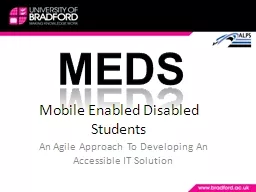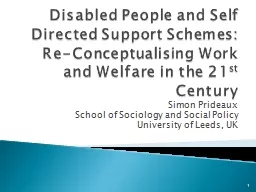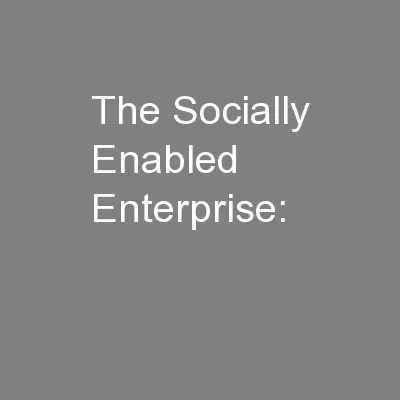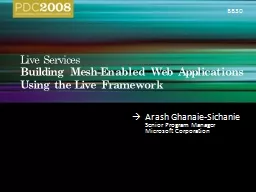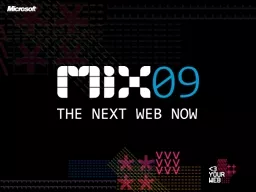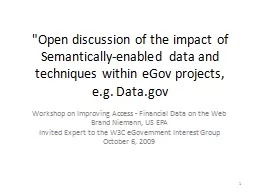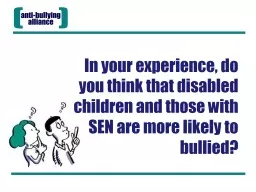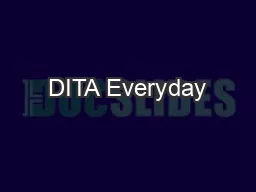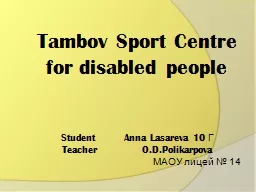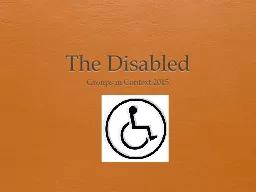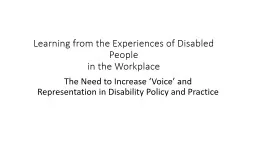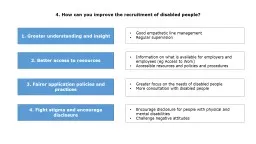PPT-Mobile Enabled Disabled
Author : tawny-fly | Published Date : 2018-12-20
Students An Agile Approach To Developing An Accessible IT Solution MEDS Who are we Chris Dearnley Bradford ALPS Site Lead amp MEDS Project Lead cadearnley1bradfordacuk
Presentation Embed Code
Download Presentation
Download Presentation The PPT/PDF document "Mobile Enabled Disabled" is the property of its rightful owner. Permission is granted to download and print the materials on this website for personal, non-commercial use only, and to display it on your personal computer provided you do not modify the materials and that you retain all copyright notices contained in the materials. By downloading content from our website, you accept the terms of this agreement.
Mobile Enabled Disabled: Transcript
Download Rules Of Document
"Mobile Enabled Disabled"The content belongs to its owner. You may download and print it for personal use, without modification, and keep all copyright notices. By downloading, you agree to these terms.
Related Documents

